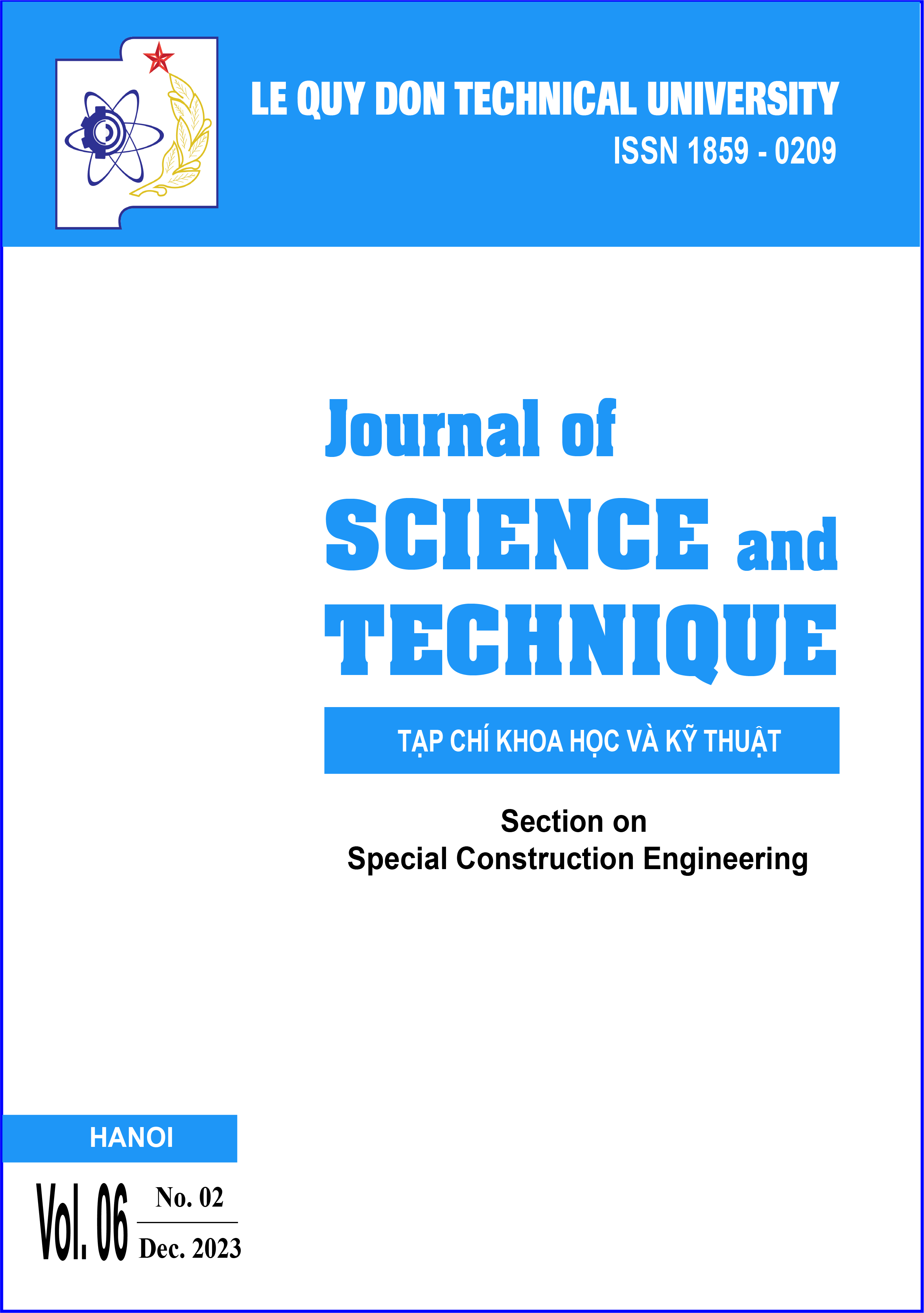DEVELOPMENT OF METHOD TO OPTIMIZE RAIN GAUGE STATION LOCATION IN DA RANG RIVER BASIN USING SPATIAL INTERPOLATION TECHNIQUE
Abstract
Rainfall is one of the crucial data types in meteorological research. In the context of increasingly complex climate change, meteorological forecast data is essential for modeling and predicting natural disasters, especially floods and landslides. To ensure the accuracy of rainfall prediction and the cost of building and operating rain gauge stations, determining the number of stations is crucial. Therefore, this study developed an optimization design for the rain gauge station network in the Da Rang River focusing on the quantity and spatial distribution of rain gauge stations. The geostatistical method combined with spatial interpolation algorithms was applied using rainfall data from 2015-2020. The choice of an appropriate spatial interpolation method influenced the accuracy of the optimization process. The spatial interpolation analysis showed the spatial variation of rainfall types across the entire study area by season, as well as the geographical distribution of rainfall. After determining the optimal number of stations, an approach based on geographic information systems produced a spatial distribution map of the optimal rain gauge station locations. The results indicated that an additional 14 rain gauge stations should be installed, randomly located within the rainy area with a distance of 10 km between stations. These additional stations, along with the existing ones in the area, will provide comprehensive information about rainfall, enabling accurate predictions of rainfall distribution in the research area.

